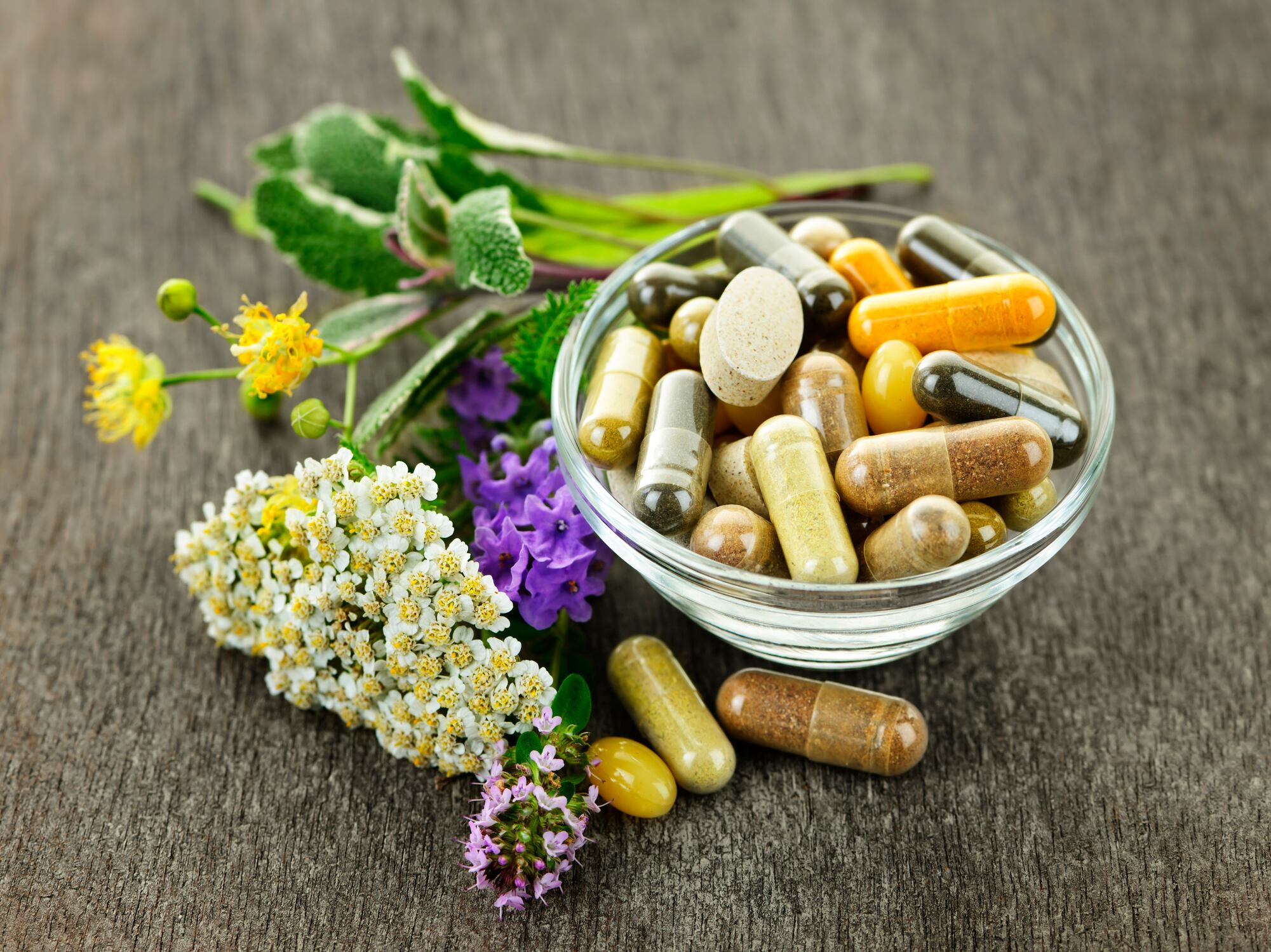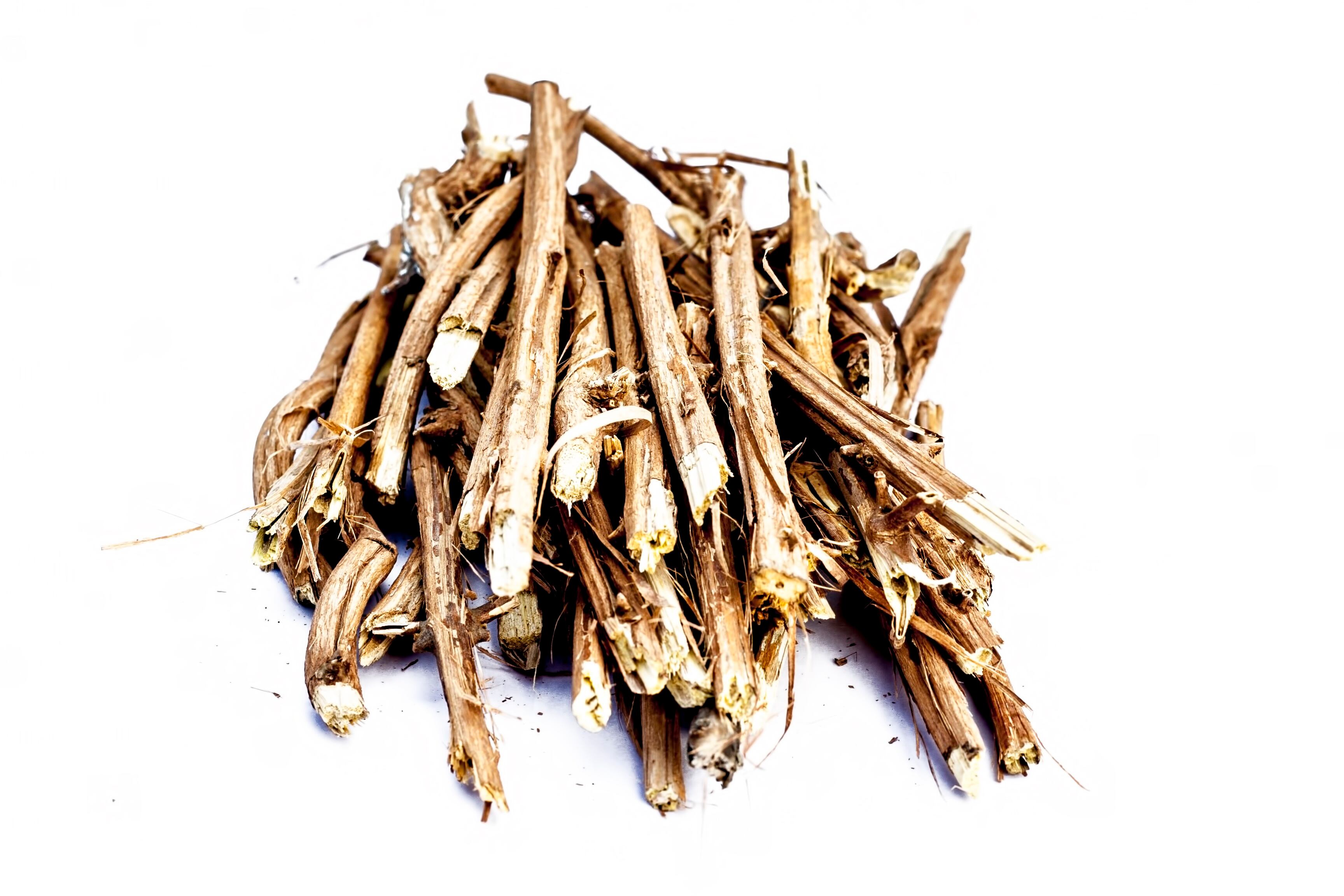“We looked up the USP monograph on ashwagandha and we strictly follow that. There is a lot of ashwaganda out there and it is all over the place,” Majeed told NutraIngredients-USA at the recent Expo West trade show.
Ancient ingredient gaining modern popularity
Ashwagandha has a history of use in Indian Ayurvedic medicine stretching back thousands of years. Greater understanding of this herb’s adaptogenic properties has seen it gain popularity in the marketplace. In 2016, Majeed told NutraIngredients-USA that Sabinsa’s ashwaganda sales were up 35%.
The botanical’s popularity has increased since then. According the 2017 market report by the American Botanical Council, ashwaganda sales totaled $10.6 million, a 26% increase from the year before. Ashwagandha (Withania somnifera ) is also known as Indian ginseng and has been gaining traction in the mainstream US market with consumers embracing its wide-ranging body of health benefits, which include stress busting, cognitive function, men’s health, immune support, sleep, metabolic wellness, adrenal function, sports performance, and more.
According to a monograph from the American Herbal Pharmacopoeia (AHP), the herb has a history of use in Ayurvedic medicine that dates back as much as 4,000 years to the teaching of renowned scholar Punarvasu Atreya, and in subsequent works that make up the Ayurvedic tradition. The name of the herb derives from Sanskrit, and means “smells like a horse," which refers to the strong smell of the root which is said to be redolent of horse sweat or urine.
There has been some disagreement in the marketplace over whether ashwagandha ought to consist only of material from the root, which is what Sabinsa and several other manufactures do, or can include leaf material, as is the case with at least one well known branded ingredient on the market.
How to find leaf adulteration
There has been enough concern about this issue that the Botanical Adulteration Prevention Program recently published a bulletin that will help industry determine when ashwagandha root material has been ‘cut’ with leaf raw material. (This is not an issue for products using the branded ingredient mentioned above, which fully discloses its root-and-leaf nature.)
“Herbal ingredients that have a history of use in Indian traditional medicine systems, and for which their benefits are supported by multiple clinical trials, have seen some of the highest sales increases in the United States in recent years. At the same time, these ingredients — which include boswellia (Indian frankincense; Boswellia serrata), turmeric ( Curcuma longa), and ashwagandha, among others — reportedly have been subject to adulteration by unscrupulous suppliers. This supports the idea that there are clear links among market success, supply shortages, and adulteration,” said Stefan Gafner, PhD, chief science officer of the American Botanical Council, one of the partners in BAPP. The other two are AHP and the National Center for Natural Products Research at the University of Mississippi.
Getting a cogent story out to consumers
Sabinsa formally launched the USP grade Shaganda ingredient at the Supply Side West trade show last fall. Majeed said the market had disseminated into multiple forms of the ingredient, making it hard for customers and consumer to know which of these best delivers on the ingredient’s promised benefits.
“We believe we wanted to give the marketplace the correctly standardized ashwaganda,” Majeed said.
Supply chain integrity
Majeed also said Sabinsa’s history of supply chain integrity and working with local growers in India will also help to boost this newly reinvigorated ingredient, one which he claimed Sabinsa had helped pioneer in the dietary supplement marketplace market years ago.
“A lot of us know us for our curcumin,” he said. “We have done the same thing with our ashwagandha. We back into the fields where we are what I would say knee deep with the farmers looking at the soil, looking at the roots, making sure they are correctly identified so there is no adulteration.”
“We move that into our factories. We are very careful every step of the way. Just as with our other great botanicals, we have introduced that same technology with our Shagandha,” Majeed concluded.



